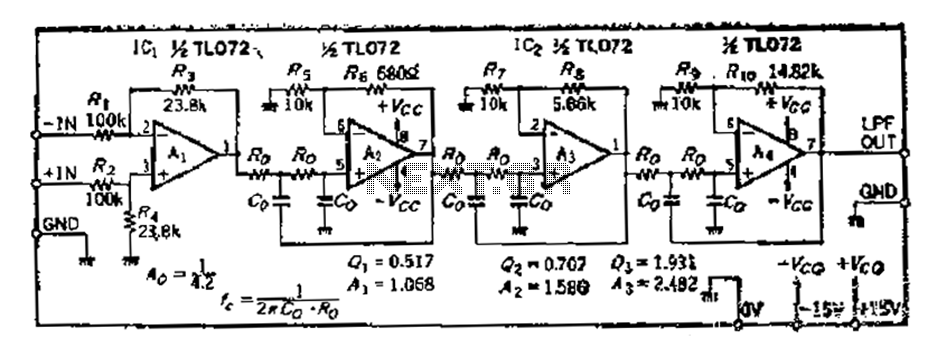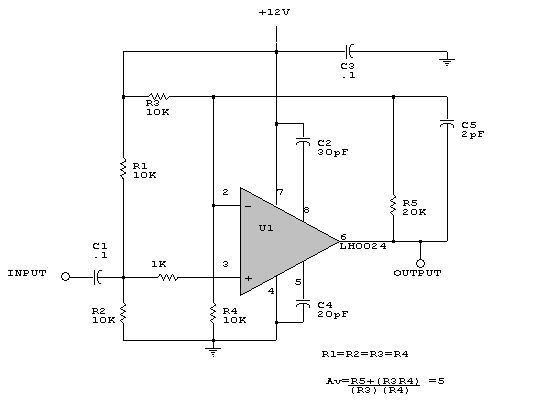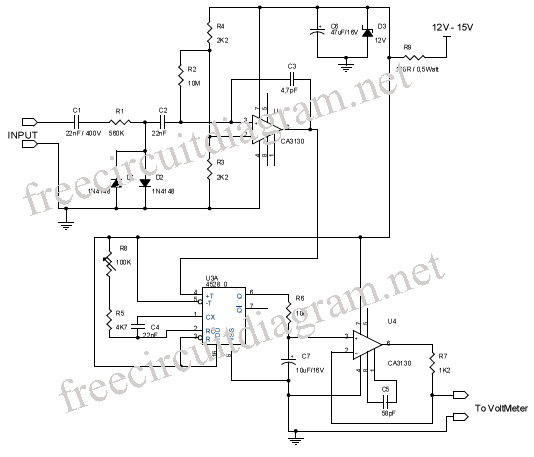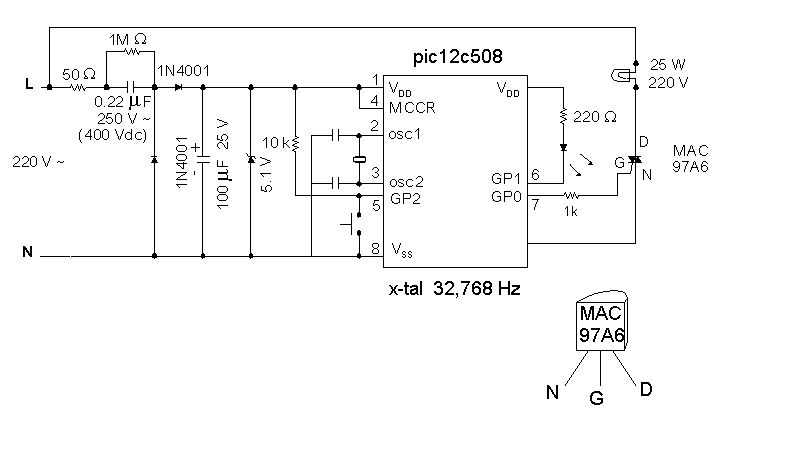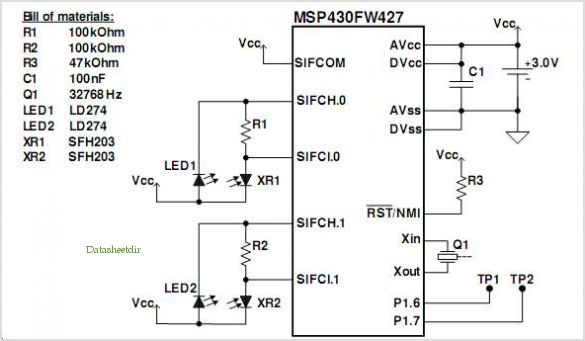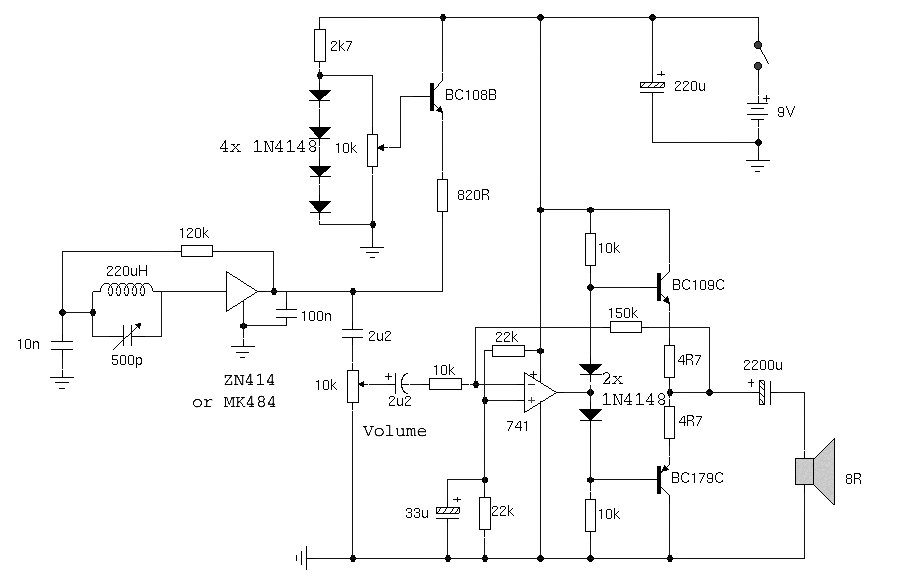
Automated instrumentation wiring using interference filters

Automated instrumentation wiring using interference filters for the inverter is not as effective for harmonic processing. When operational, it will radiate a strong field strength due to high amplitude electromagnetic waves. If the meter is installed in the automation system with a distance of less than 200mm and is not placed on the same layer as the shielding box, additional errors may occur. It is crucial to properly connect the instrument ground terminal. Furthermore, the instrument's input cable and power cord should undergo a filtering process. The capacitor should be selected as 0.1μF, 250V; the inductance should be 10mH with a DC resistance of less than 5Ω; and the resistor should be 100Ω, 1/2W.
Automated instrumentation wiring employing interference filters is essential for minimizing the effects of electromagnetic interference (EMI) on inverter systems. Inverters, which convert direct current (DC) to alternating current (AC), can generate significant electromagnetic emissions, especially when operating under high load conditions. These emissions can distort the readings of sensitive instrumentation and lead to inaccuracies in measurements.
To mitigate these issues, proper installation practices must be followed. It is recommended that the distance from the meter to the inverter should not exceed 200mm, and the meter should not be positioned on the same layer as the shielding box. This configuration helps reduce the coupling of electromagnetic fields into the measurement circuit, thereby minimizing potential errors.
Grounding is another critical aspect of the installation. The instrument ground terminal must be securely connected to ensure a stable reference point for the measurements and to prevent ground loops, which can introduce additional noise into the system.
The filtering process for the instrument's input cable and power cord is vital for suppressing high-frequency noise. The selected capacitor (0.1μF, 250V) serves to block high-frequency noise while allowing the desired signals to pass through. The inductance of 10mH, with a DC resistance of less than 5Ω, aids in further filtering out unwanted electromagnetic interference. The resistor (100Ω, 1/2W) is included in the design to provide a damping effect, which can help stabilize the circuit and improve the overall response time of the instrumentation.
In summary, careful consideration of the installation parameters, grounding practices, and component selection is essential for ensuring accurate and reliable operation of automated instrumentation in the presence of high amplitude electromagnetic waves. Proper implementation of these measures will enhance the performance of the system and reduce measurement errors significantly. Automated instrumentation wiring using interference filters for the inverter is not as harmonic processing and the like, when the work will be radiated field strength of strong , high amplitude electromagnetic wave, if the meter is installed in the automation from its lack of 200mm, placed in not the same layer as the shielding box, the meter may yield additional error birth. This time should be the instrument ground terminal properly connected, then the instrument input cable and power cord for the filtering process, as shown in FIG.
Now the capacitor C selection 0. lFtF, 250V; inductance L take lOmH, DC resistance of less than 5Q; resistor R to select 100n, 1/2W.
Automated instrumentation wiring employing interference filters is essential for minimizing the effects of electromagnetic interference (EMI) on inverter systems. Inverters, which convert direct current (DC) to alternating current (AC), can generate significant electromagnetic emissions, especially when operating under high load conditions. These emissions can distort the readings of sensitive instrumentation and lead to inaccuracies in measurements.
To mitigate these issues, proper installation practices must be followed. It is recommended that the distance from the meter to the inverter should not exceed 200mm, and the meter should not be positioned on the same layer as the shielding box. This configuration helps reduce the coupling of electromagnetic fields into the measurement circuit, thereby minimizing potential errors.
Grounding is another critical aspect of the installation. The instrument ground terminal must be securely connected to ensure a stable reference point for the measurements and to prevent ground loops, which can introduce additional noise into the system.
The filtering process for the instrument's input cable and power cord is vital for suppressing high-frequency noise. The selected capacitor (0.1μF, 250V) serves to block high-frequency noise while allowing the desired signals to pass through. The inductance of 10mH, with a DC resistance of less than 5Ω, aids in further filtering out unwanted electromagnetic interference. The resistor (100Ω, 1/2W) is included in the design to provide a damping effect, which can help stabilize the circuit and improve the overall response time of the instrumentation.
In summary, careful consideration of the installation parameters, grounding practices, and component selection is essential for ensuring accurate and reliable operation of automated instrumentation in the presence of high amplitude electromagnetic waves. Proper implementation of these measures will enhance the performance of the system and reduce measurement errors significantly. Automated instrumentation wiring using interference filters for the inverter is not as harmonic processing and the like, when the work will be radiated field strength of strong , high amplitude electromagnetic wave, if the meter is installed in the automation from its lack of 200mm, placed in not the same layer as the shielding box, the meter may yield additional error birth. This time should be the instrument ground terminal properly connected, then the instrument input cable and power cord for the filtering process, as shown in FIG.
Now the capacitor C selection 0. lFtF, 250V; inductance L take lOmH, DC resistance of less than 5Q; resistor R to select 100n, 1/2W.
